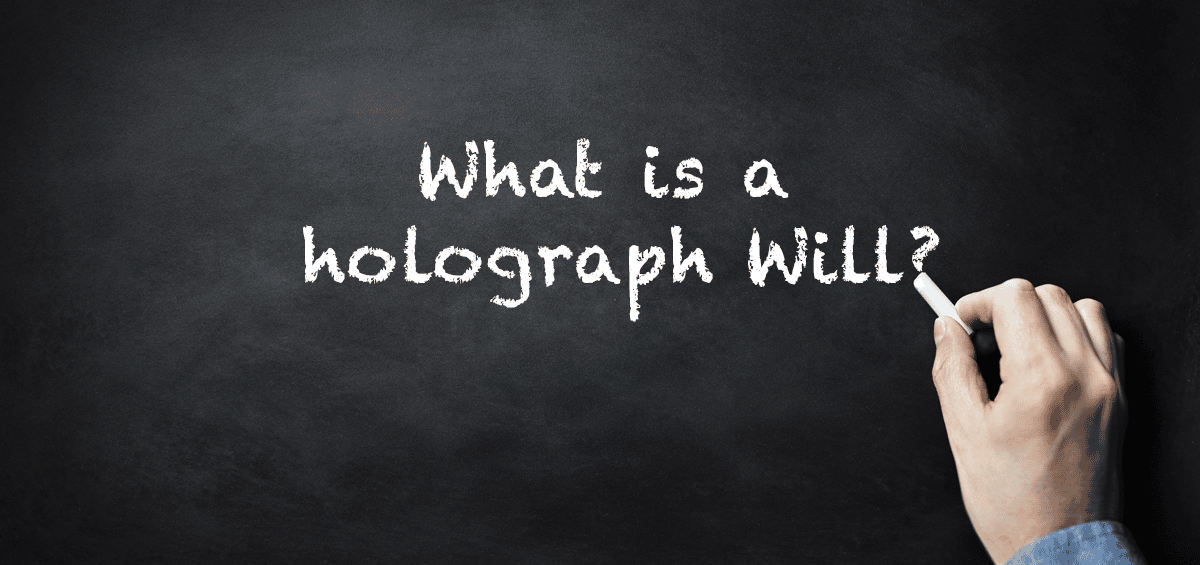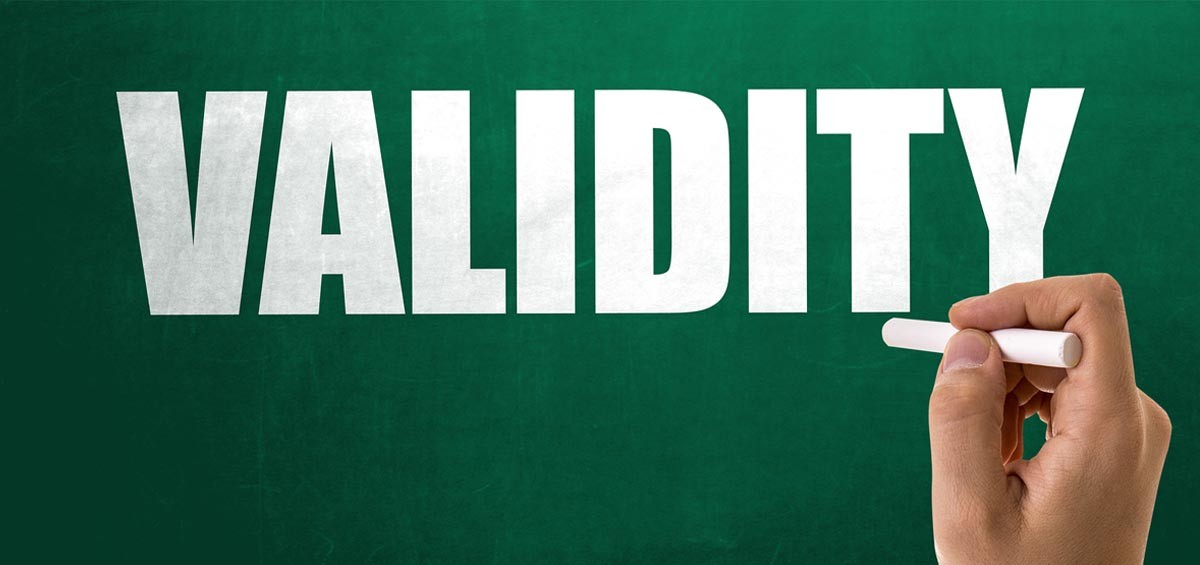It was 1948 and this wheat farmer got off his tractor and by mistake put it in reverse. It moved backward and trapped the poor guy catching one of his legs under the rear wheel of the tractor. He had enough freedom of movement to move his arms and hands, but could not reach the controls. His wife finally discovered him, but by the time she got him to the hospital his injuries overtook him and he died. When they examined the tractor the next day they discovered that the farmer scratched the following on the fender, “In case I die in this mess, I leave all to the wife. Cecil Geo. Harris.” This incident took place in Saskatchewan.1 The court accepted the writing on the fender as a holographic will. What would have happened if it took place in Ontario today?
Ontario is a jurisdiction of testamentary freedom, which protects a testator’s right to unconditionally dispose of his or her property, and to choose beneficiaries as he or she wishes.2
This principle is codified by section 2 of the Succession Law Reform Act (the “SLRA”), which provides that,
“A person may by will devise, bequeath or dispose of all property (whether acquired before or after making his or her will) to which at the time of his or her death he or she is entitled either at law or in equity, including,
-
- estates for another’s life, whether there is or is not a special occupant and whether they are corporeal or incorporeal hereditaments;
- contingent, executory or other future interests in property, whether the testator is or is not ascertained as the person or one of the persons in whom those interests may respectively become vested, and whether he or she is entitled to them under the instrument by which they were respectively created or under a disposition of them by deed or will; and
- rights of entry, whether for conditions broken or otherwise.
The subsequent sections of the SLRA set out the requirements for a valid will, such as:
- the Will must be in writing;3
- it must be signed at its end by the testator or by some other person in his or her presence and by his or her direction;4
- the testator makes or acknowledges the signature in the presence of two or more attesting witnesses present at the same time; and
- Two or more of the attesting witnesses subscribe the will in the presence of the testator.
The above requirements are colloquially referred to as the formalities of execution.
Up until January 1, 2022, Ontario was a jurisdiction of strict compliance, which means that there must be complete compliance with the requirements under the SLRA.5 It was at that point in time that s. 21.1 of the Succession Law Reform Act, R.S.O. 1990, c. S.26 came into effect. It permits the court to validate a will notwithstanding its failure to comply with the formalities of execution. It states:
21.1 (1) If the Superior Court of Justice is satisfied that a document or writing that was not properly executed or made under this Act sets out the testamentary intentions of a deceased or an intention of a deceased to revoke, alter or revive a will of the deceased, the Court may, on application, order that the document or writing is as valid and fully effective as the will of the deceased, or as the revocation, alteration or revival of the will of the deceased, as if it had been properly executed or made.
In his article “Validating Powers and Rectification Powers” Professor Albert Oosterhoff wrote,6
The addition of s. 21.1 to the Succession Law Reform Act, which came into force on 1 January 2022, was a very welcome change, because it allows the courts to validate a will that up to now would have failed because it did not comply with statutory formalities for wills. Until this change, Ontario was a ‘strict compliance’ jurisdiction. That means that a will had to comply strictly with those formalities…..The problem with this approach is that courts need to determine how much compliance is necessary before they can act. In effect the court has to determine in each case what the word ‘substantial’ means.
Historically, prior to s 21.1 coming into force, the SLRA did provide for an exception to strict compliance with the formalities of execution – Holograph Wills.
Section 6 of the SLRA provides that,
“A testator may make a valid will wholly by his or her own handwriting and signature, without formality, and without the presence, attestation or signature of a witness”
While a holograph will does away with many of the formalities of execution, not every note written by hand before death will be found to be a will.7
For a handwritten document to be considered a holograph will, it must qualify as a testamentary document, which means that it must demonstrate the donor’s “deliberate or fixed and final expression of intention”8 to make a gift that is effective only at the donor’s death and is revocable until then.9
Justice H.J. Williams’ analysis in McKenzie v. Hill is instructive in that it demonstrates the court’s general approach in evaluating the document and what factors may be considered relevant.
The first factor considered was the language used in the document. At paragraph 28, Her Honour notes that “In some respects, the document reads like a will” and provides a number of examples.
The second factor considered was the applicant’s evidence about the deceased’s characterization of the document. The applicant claimed that the Deceased told him that according to the document, he was to have her condo and property upon her death. This factor held little weight for two reasons:
-
- the applicant’s evidence was inconsistent with the document itself;
- the applicant’s evidence was uncorroborated and was therefore precluded pursuant to section 13 of the Evidence Act.10
The third, and arguably most significant, factor was whether the document could be read as referring to the deceased’s death or suggesting that the dispositive provision was intended to be triggered upon the deceased’s death.
Her Honour’s analysis was informed by two important principles of law:
- that the court should keep in mind that the deceased was not a lawyer and correspondingly, it is important for the adjudicator to read the document generously and to ascribe plain and ordinary meaning to the words the deceased chose; and
- the intention that the dispositive provision is dependent on the deceased’s death need not be explicit – it can also be inferred from the circumstances.
Ultimately, after considering the language used and the circumstances before and after the document was written, the court determined that the subject document did not constitute a holograph will.
Conclusion
There are a number of reasons why I appreciate the Cecil George Harris case. But, mostly I enjoy that it represents efforts by the legislatures and courts to assist people with unusual problems. This case reminds lawyers that sometimes our laws are flexible enough to deal with unusual situations not found in case law or textbooks. In a province like ours, where prior to January 1, 2022 the formalities of execution were quite strict, the legislation still made room for holographic wills. So much so that testamentary intentions carved out on the fender of a tractor may constitute a valid will.
Does that mean a modern day version of the Cecil George Harris case where the dying person typed up a will on an iphone would be valid?11 It likely would not meet the test for a holographic will, but would it be sufficient on other grounds? When s. 21.1 of the SLRA came into effect, the legislature appears to have passed the buck to our courts and provided them with the flexibility to validate a testamentary document or writing that does not comply with the formalities of execution. The assignment to our judiciary to fulfill testamentary intention was in keeping with the spirit behind holographic wills and the Cecil George Harris case. It will be interesting to see how the courts treat novel problems as they arise.
- See W Elliott, Walter S Johnson, PB Carter, Gilbert D Kennedy – Canadian Bar Review and Geoff Ellwand et al, Saskatchewan Law Review, 2014 77-1, 2014 CanLIIDocs 33547, https://canlii.ca/t/t0wk ↵
- Spence v. BMO Trust Co. 2016 CarswellOnt 9351, S.C.C. & Spence v. BMO Trust Co.2016 ONCA 196, Ont. C.A., Mar. 08, 2016; additional reasons to Spence v. BMO Trust Co. (2016), 14 E.T.R. (4th) 31, 2016 ONCA 196, 2016 CarswellOnt 3345, E.A. ↵
- Section 3 of the SLRA ↵
- Section 4(2) of the SLRA ↵
- See Validating Powers and Rectification Powers | WEL Partners Blog fourd at https://welpartners.com/blog/2022/03/validating-powers-and-rectification-powers/ ↵
- https://welpartners.com/blog/2022/03/validating-powers-and-rectification-powers/ ↵
- McKenzie v. Hill, 2022 ONSC 4881 at para. 24. ↵
- Bennett v Toronto General Trusts Corp. (1958) SCR 392 (S.C.C.) ↵
- McKenzie v. Hill, 2022 ONSC 4881 at para. 24 citing Feeney’s Canadian Law of Wills (4th Edition) at p. 1.4, para. 1.7 ↵
- Section 13 of the Evidence Act provides that, “(i)n an action by or against the heirs, next of kin, executors, administrators or assigns of a deceased person, an opposite or interested party shall not obtain a verdict, judgment or decision on his or her own evidence in respect of any matter occurring before the death of the deceased person, unless such evidence is corroborated by some other material evidence” ↵
- See page 21 of 30 of Reform of the Wills Act, The Law of Property Act, and The Beneficiary Designation Act, Revisited, 2020 CanLIIDocs 1430
Manitoba Law Reform Commission – Manitoba Law Reform Commission
Also see the March 16, 2021 blog written by My partner Greg Sidlofsky and our colleague Adin Wagner entitled, “ Can The Execution Of A Will Be Witnessed Over The Phone? – How Far Will The Court Go In Adapting The Formalities Of Execution During Covid-19” found at https://www.wagnersidlofsky.com/execution-of-will-on-phone/ ↵




